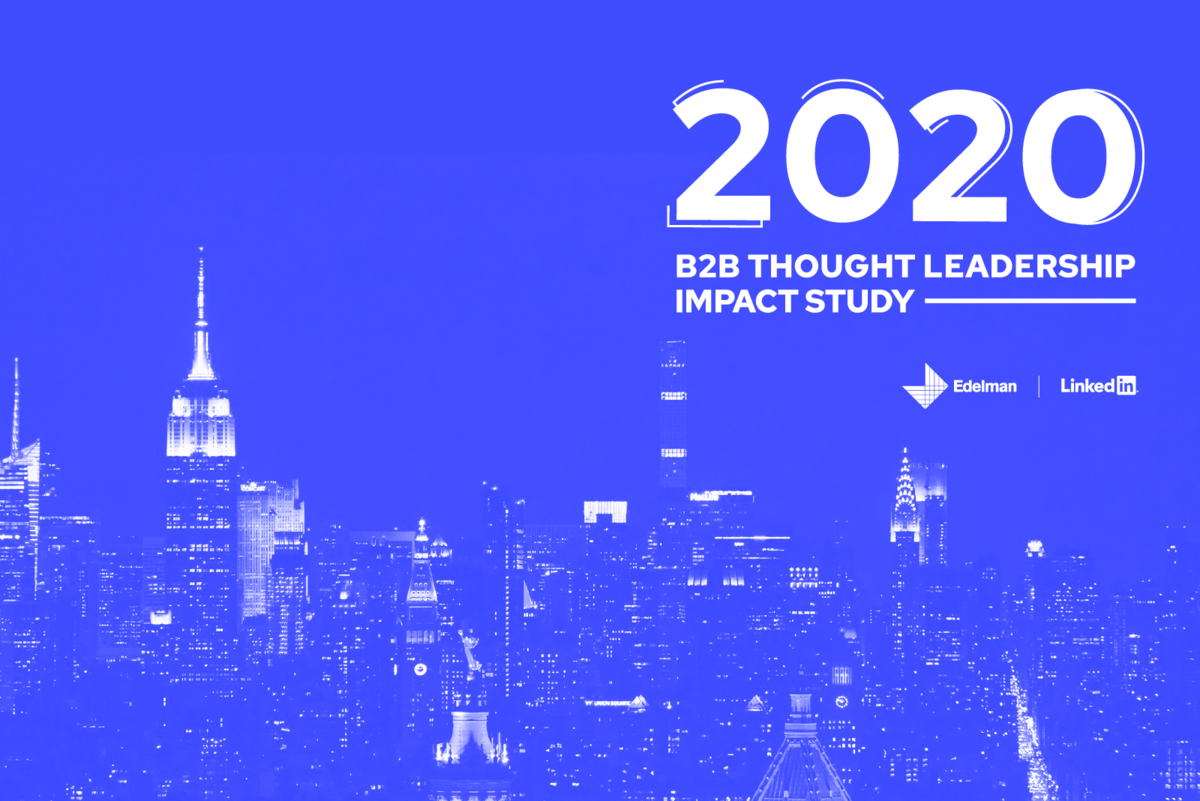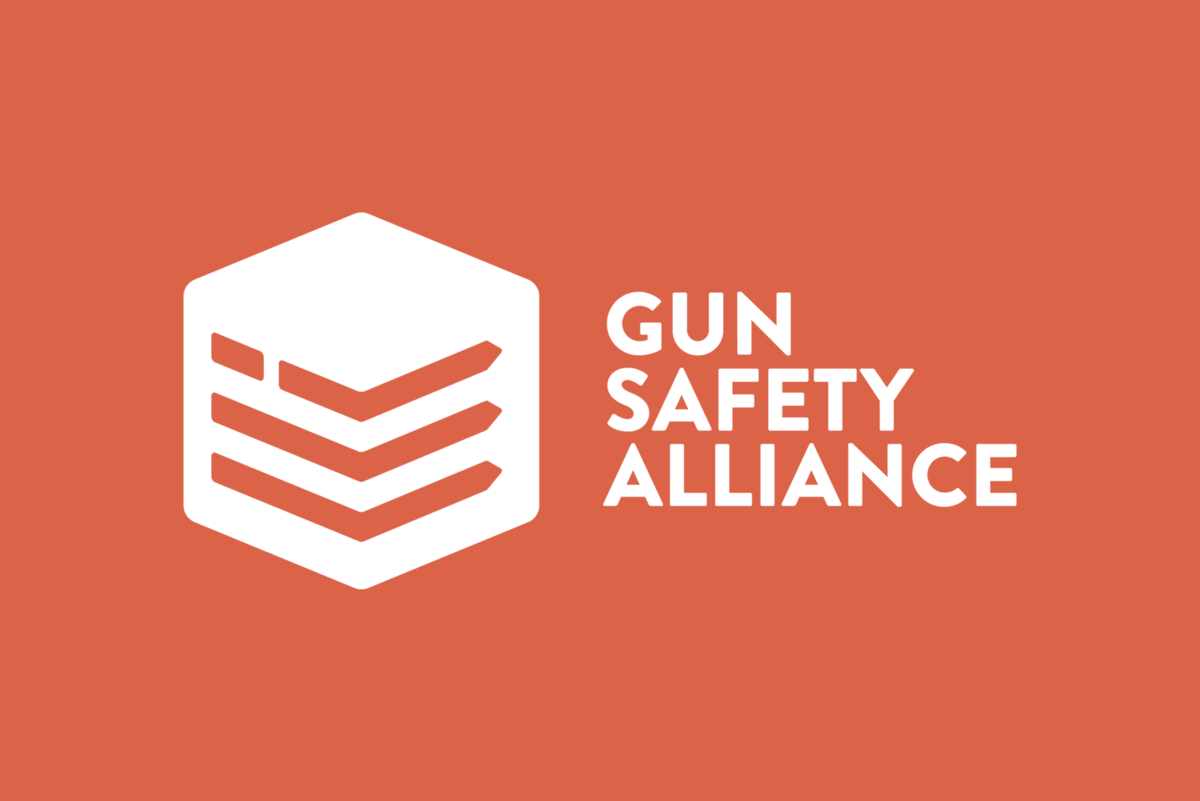To this point, 2019 has been a tumultuous year in consumer product safety. While recalls and civil penalties issued by the Consumer Product Safety Commission (CPSC) are down significantly year-over-year, according to data from Stericycle, several high-profile safety issues have generated widespread negative attention and concern among consumers. Based on Edelman’s expertise and experience managing a wide breadth of safety and quality issues in the last 12 months, below are five industry trends and insights that every product manufacturer should be aware of as 2020 inches closer. Each insight is accompanied by a key learning highlighting what it means for manufacturers with respect to protecting their corporate reputation.
Heightened Scrutiny on CPSC
CPSC has come under intense scrutiny for the way it addressed safety concerns surrounding several products that resulted in high numbers of injuries or fatalities, including the Fisher-Price Rock n’ Play inclined sleepers and Britax BOB jogging strollers. The agency’s reactive posture in managing these issues has fueled a narrative that CPSC under the Trump administration is more concerned with over-regulating than protecting consumer safety. In fact, in April 2019 the U.S. House Consumer Protection and Commerce Subcommittee held an oversight hearing entitled, “Protecting Americans from Dangerous Products: Is the Consumer Product Safety Commission Fulfilling its Mission.” The CPSC is also facing unrelenting criticism from consumer safety advocates, like Consumer Reports, about the need to release important injury and fatality data. Consumer Reports is leading the charge to repeal Section 6-B Consumer Product Safety Act, which protects the identities of companies that report safety incidents before recalls are issued.
Key Learning
Brands working with the CPSC to initiate a recall – or those being investigated by the agency’s compliance officers – must be cognizant of the pressure facing the organization and prepare for the agency to over-index on transparency and show a bias towards action.
Media Spotlight Shines Brighter
Several top-tier, national newspapers and media outlets appear to be dedicating more resources to covering product safety news than in years past. The most prominent example is The Washington Post, whose journalist Todd Frankel is fully dedicated to covering consumer product safety issues. He has not only closely covered happenings at the CPSC but has also written in-depth, investigatory pieces about Fisher-Price, Britax and other companies and industries facing criticism for how they managed products with known safety concerns. The New York Times also appears to be covering safety issues with a closer eye than in the past, with several business reporters reporting frequently on product safety trends and stories.
Key Learning
The media is a conduit to manufacturers’ various internal and external audiences. Now that safety incidents and issues are being covered by top-tier media, companies must prepare – both from reputational and logistical perspectives – for widespread attention and scrutiny from consumers, regulators, elected officials and other non-media stakeholders.
CEOs Viewed as Change Drivers
According to the 2019 Edelman Trust Barometer, Edelman’s annual study measuring the trust that people have in societal institutions like business, government and media on a global scale, only 40 percent of U.S. citizens trust their government. Unsurprisingly, 81 percent of U.S. citizens also say that CEOs should take the lead on change rather than waiting for government to impose it. These findings are highly relevant for leaders of consumer product manufacturers, as consumers have grown frustrated with the CPSC for a perceived failure to address safety issues through federally mandated rules. Instead, in the absence of government action, consumers are now relying on product manufacturers to push for change on a voluntary basis to make the world a safer place.
Key Learning
Companies must understand that consumer expectations for CEOs are rising and seize upon this opportunity to protect and advance their reputation. Companies should position CEOs front and center as change agents who are taking action to ensure the safety of the company’s consumers.
New CPSC Chairman
In September 2019, the CPSC elected veteran CPSC commissioner Robert Adler to take over for acting chairwoman Anne Marie Buerkle, who had announced months earlier that she was withdrawing from the nomination process to continue as the agency’s leader. Adler’s nomination is somewhat surprising given that he is a Democrat, though his commissioner’s seat is likely to be replaced by a Republican, which would allow the Republicans to maintain a 3-2 advantage on the five-person leadership team at the commission. However, given the Trump Administration’s slow progress in nominating political appointees, as reported by the Partnership for Public Service and Washington Post, this process could take longer than expected. In the absence of a newly appointed Republican commissioner, the typically pro-regulatory Democratic commissioners may take advantage by looking to pass or advocate for new safety rules.
Key Learning
Product manufacturers can expect the agency to be more outspoken and active, particularly about industries and product categories that have been the focus of media scrutiny over the last few years.
Hot-button Issues for 2020
Legislators are beginning to step up and take product safety matters into their own hands due to a perceived void left by the CPSC. In recent months, new legislation has been proposed for several product categories including crib bumpers, inclined sleepers and furniture that is prone to tip over. Other hot button product safety issues include e-scooters and connected devices. While regulations regarding e-scooters were initially put forth by local transportation agencies, city councils and mayors’ offices, the CPSC is responsible at the federal level for regulating the safety of these products and the agency is receiving pressure to issue mandatory standards. Finally, there are a myriad of safety and security concerns related to connected products (IoT devices), and it remains to be seen whether the CPSC will go beyond the initial framework it published in January 2019 that included considerations for designing safer devices.
Key Learning
Manufacturers of the above-mentioned product categories need to closely follow the regulatory landscape and scenario plan for various potential legislative and regulatory outcomes.
Jared Nelson is a Senior Account Supervisor with Edelman’s Corporate Advisory Practice.




